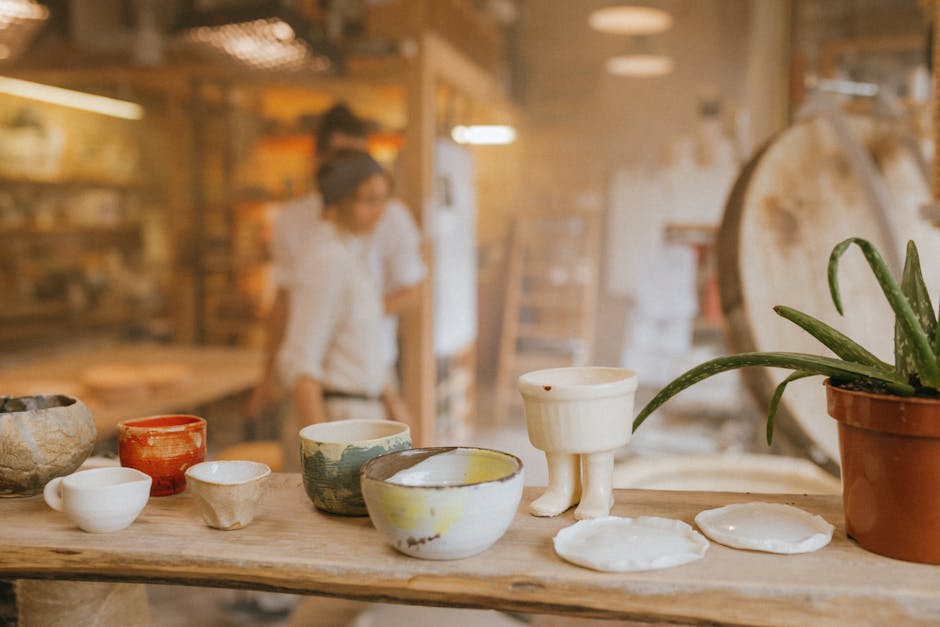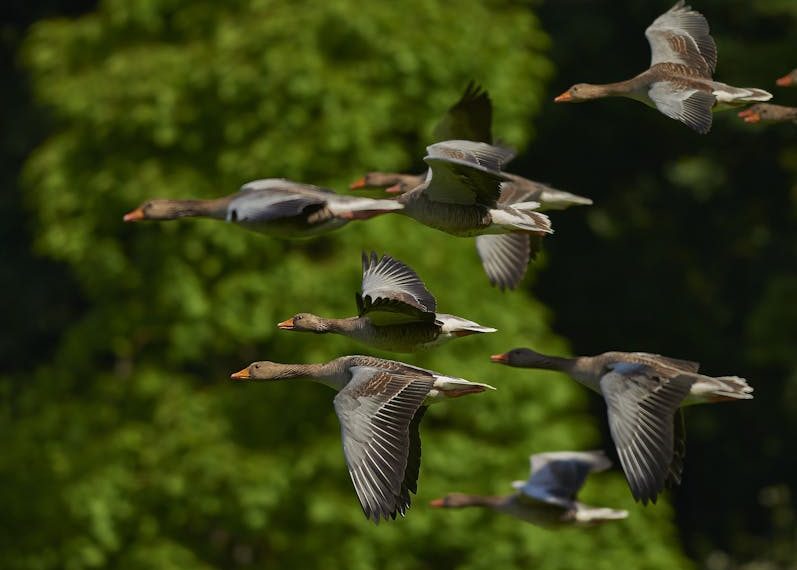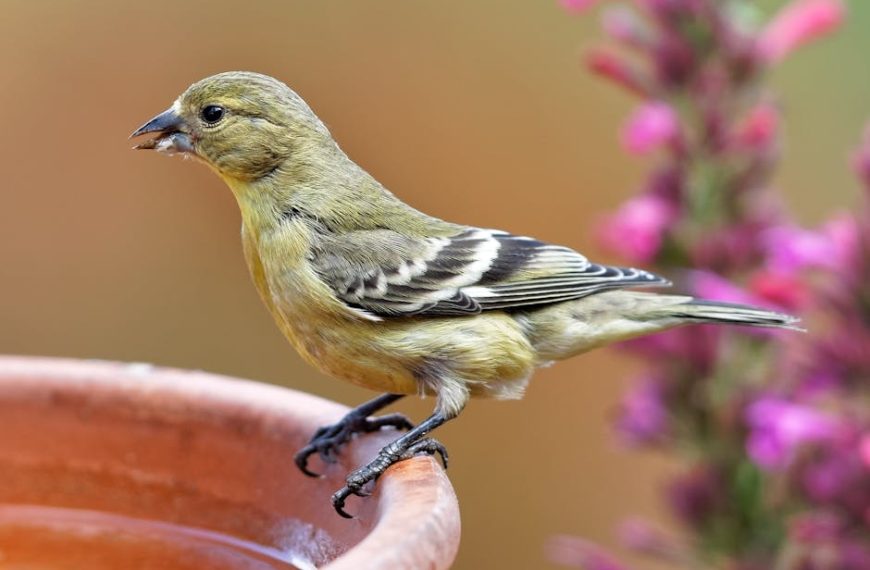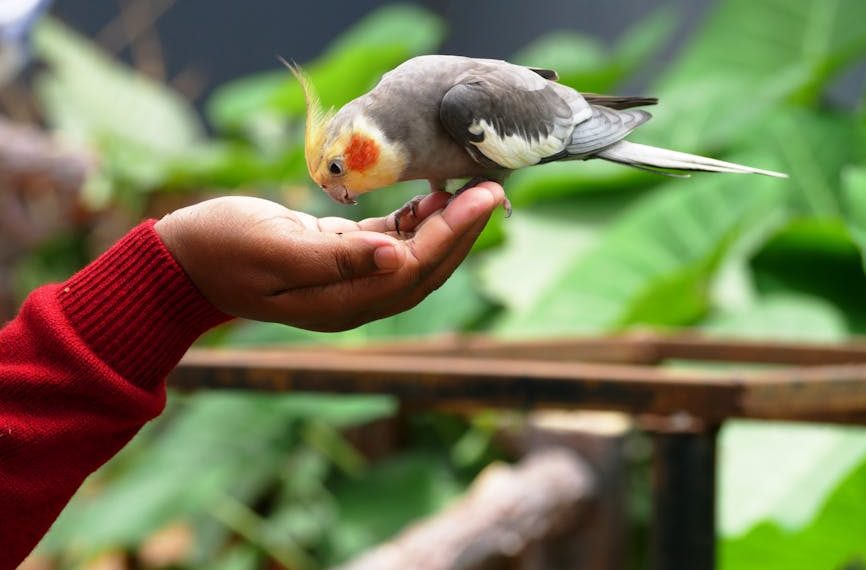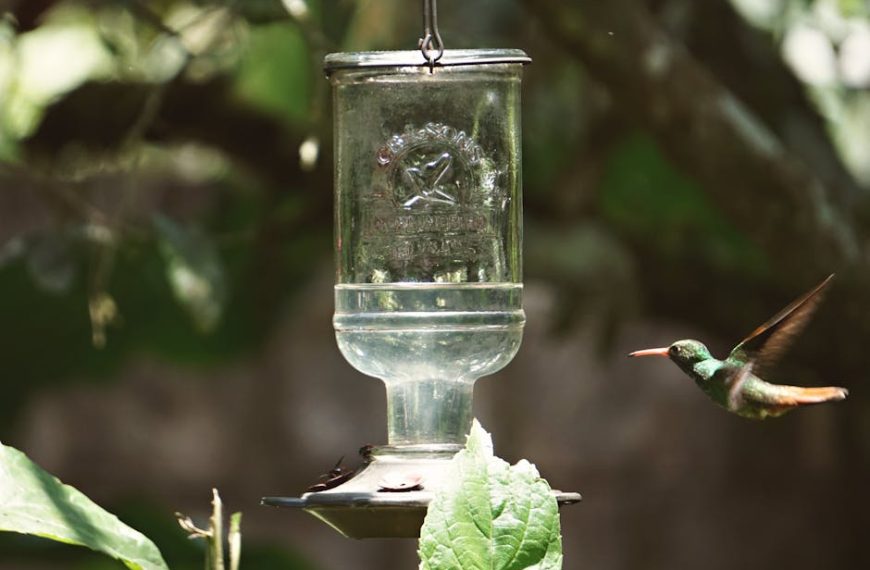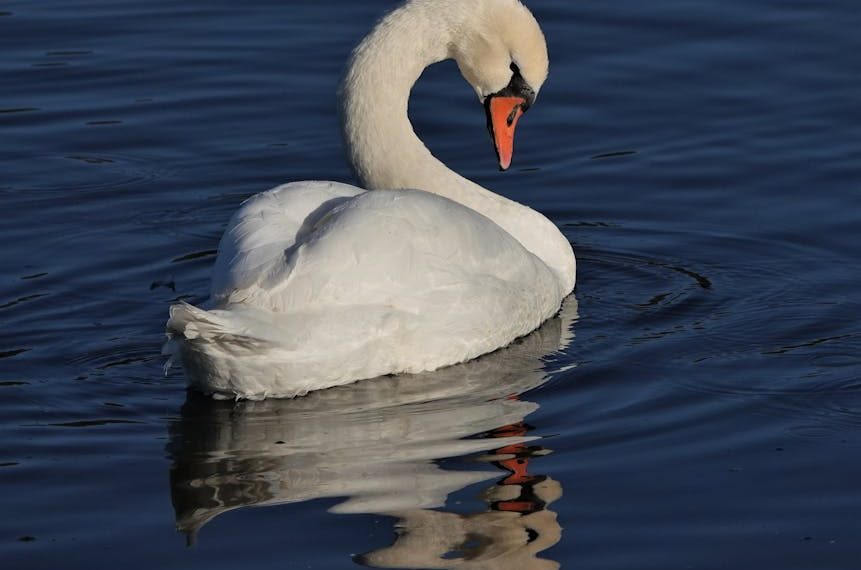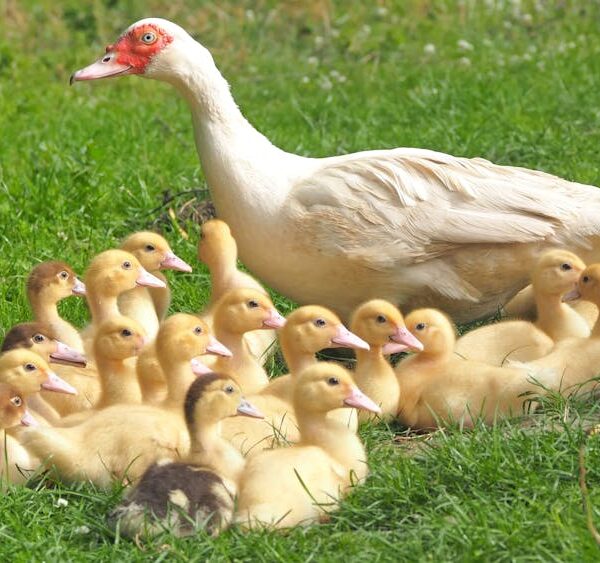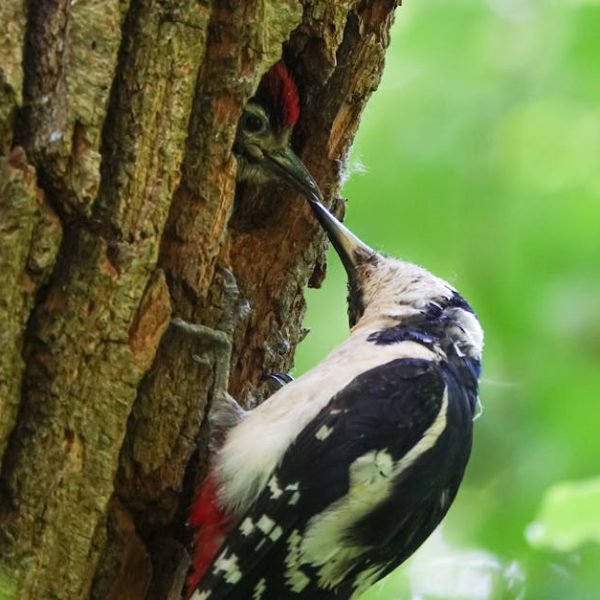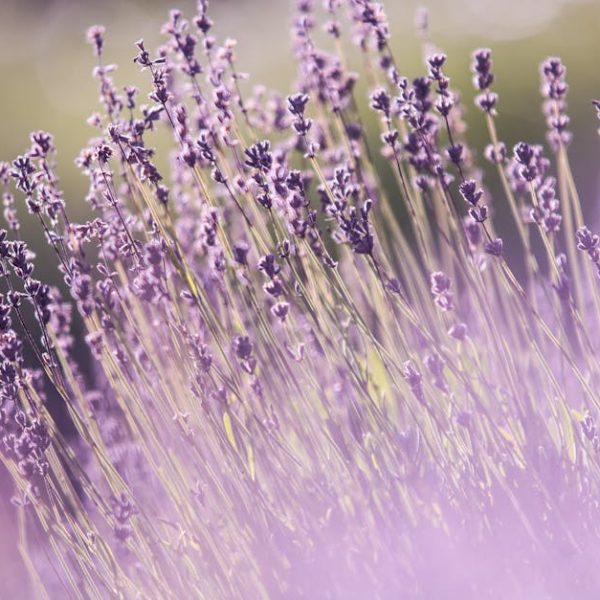Bird owners often overlook an important factor in their pet’s environment: cookware. The materials used in traditional cookware can release toxins that present serious health risks to birds with their extraordinarily sensitive respiratory systems. Opting for bird-safe cookware minimizes these risks, providing pet birds a healthier and safer living environment.
The Importance of Bird-Safe Cookware
Birds, unlike humans or even other pets, have respiratory systems that are remarkably sensitive to airborne toxins. These chemicals are often released as by-products of heating different types of cookware, particularly those with non-stick surfaces.
• Health hazards of toxic cookware: Common injuries resulting from exposure to these harmful substances include pneumonia, respiratory distress, and loss of appetite – all potentially fatal. The most common culprit is Polytetrafluoroethylene (PTFE), often known by the brand name Teflon. When overheated, PTFE fumes can kill a bird within minutes.
• Safe practices: To secure your birds’ well-being, practice keeping them away from the kitchen while cooking and ensure good indoor air quality through proper ventilation. Remember, no meal is worth endangering your bird’s health.
Understanding The Perils of Non-Stick Cookware
Teflon or PTFE, a popular non-stick material, is a potential threat to bird safety. When heated over high temperatures, PTFE coatings can release toxic fumes that are fatal to birds but unnoticed by humans.
• Beyond Teflon: Other non-stick materials like Silicone, Aluminum, Copper, and Titanium, can also release toxic gases when overheated.
• Identifying Harmful Cookware: Check for labels that say PTFE or PFOA, which denote toxic non-stick coating. If you suspect that your cookware might be harmful, it’s safer to replace it. When disposing of toxic cookware, make sure to follow local recycling guidelines to prevent further environmental damage.
Types of Bird-Safe Cookware Materials
There are safer alternatives to non-stick materials that don’t compromise cooking performance. Some of these options include stainless steel, cast iron, and glass.
• Stainless Steel: Strong and durable, stainless steel is ideal for high-temperature cooking as it doesn’t leach any toxic materials. However, it might require a bit of oil for true non-stick cooking.
• Cast Iron: Excellent heat retention and distribution make cast iron popular, although it needs seasoning to maintain its non-stick surface.
• Glass: Considered safe for bird homes, it doesn’t leach any harmful chemicals, but it’s not as versatile as stainless steel or cast iron.
By using these non-toxic and bird-safe materials, you can create a safer environment for your feathered friends.
Selecting the Right Bird-Safe Cookware
Selecting the best bird-safe cookware depends not just on the cookware’s materials, but also other factors like your cooking style, affordability, and durability. To make an informed decision, here are a few factors you should consider:
• Cooking Style: If you cook at high temperatures or prefer browning your food, stainless steel would work best. For slow cooking or baking, glass or cast iron could be your best bet.
• Cost: While stainless steel is usually the priciest, cast iron offers excellent value for money because of its durability. Glass cookware is generally the most cost-friendly.
• Durability: Both stainless steel and cast iron are highly durable, lasting for years if well maintained. Glass, while cheaper, tends to have a shorter lifespan.
Popular bird-safe cookware brands include All-Clad (Stainless), Lodge (Cast Iron), and Pyrex (Glass). All have their pros and cons, which you should consider before making a purchase.
Helpful Tips to Maintain a Bird-Safe Kitchen
Maintaining a bird-safe kitchen extends beyond your choice of cookware; it also involves being cautious about other potential sources of airborne toxins.
Here are some additional tips for a bird-friendly kitchen:
• Minimize Aerosols: Avoid using household aerosols and plug-in air fresheners, as they could contain potentially harmful chemicals.
• Safe Cleaning Products: Switch to non-toxic cleaning products, as many regular cleaners contain chemicals that can harm birds.
• Proper Ventilation: Ensure good ventilation in your kitchen and around your bird’s cage to keep the air fresh and toxin-free.
By observing these best practices, you will create a healthy, safe environment for your feathered friends to thrive. Birds bring so much joy into our lives – it’s only fair we ensure their happiness and well-being in return.
Key Takeaway:
- Birds have highly sensitive respiratory systems that can be severely affected by toxins released from specific types of cookware, especially non-stick ones like Teflon.
- Aside from Teflon, other non-stick materials like Silicone, Aluminum, Copper, and Titanium can also release harmful gases when overheated.
- Safest alternatives to non-stick cookware include stainless steel, cast iron, and glass, each with unique pros and cons.
- Maintaining a bird-safe kitchen goes beyond selecting the right cookware. It also involves reducing aerosols, using non-toxic cleaning products, and ensuring proper ventilation.
In all, ensuring your pet bird’s safety doesn’t stop at choosing bird-safe cookware. It also involves maintaining a safe cooking environment and prioritizing air quality. With the rightful awareness and proper practices, you can create a healthy and safe home for your feathered friends.
FAQs
Q: Why are Teflon and other non-stick cookware potentially dangerous to birds?
A: When overheated, non-stick cookware like Teflon can release toxic fumes that are undetectable to humans but can cause serious harm or even death to birds due to their sensitive respiratory system.
Q: Is glass cookware always a safe option for a bird-friendly kitchen?
A: Glass is generally a safe option as it does not leach any harmful chemicals. However, it’s less versatile compared to other materials like stainless steel or cast iron.
Q: How can I maintain the non-stick surface of my cast iron skillet without damaging it?
A: To maintain the non-stick surface, cast iron skillets need to be properly seasoned by applying a layer of oil and then heating it. Remember to avoid overheating to prevent damage.
Q: Are there any bird-safe brands of cookware I should consider?
A: Some popular bird-safe cookware brands include All-Clad for stainless steel, Lodge for cast iron, and Pyrex for glass. Each brand comes with its unique benefits and drawbacks which should be considered.
Q: How can I improve ventilation in my kitchen to benefit my pet bird?
A: Opening windows and using exhaust fans can significantly improve ventilation. Additionally, placing your bird’s cage far from the kitchen can help keep your pet safe from any potential kitchen pollutants.
Share this article with your fellow bird lovers and explore related posts on our website for more insights on maintaining a bird-safe home.
